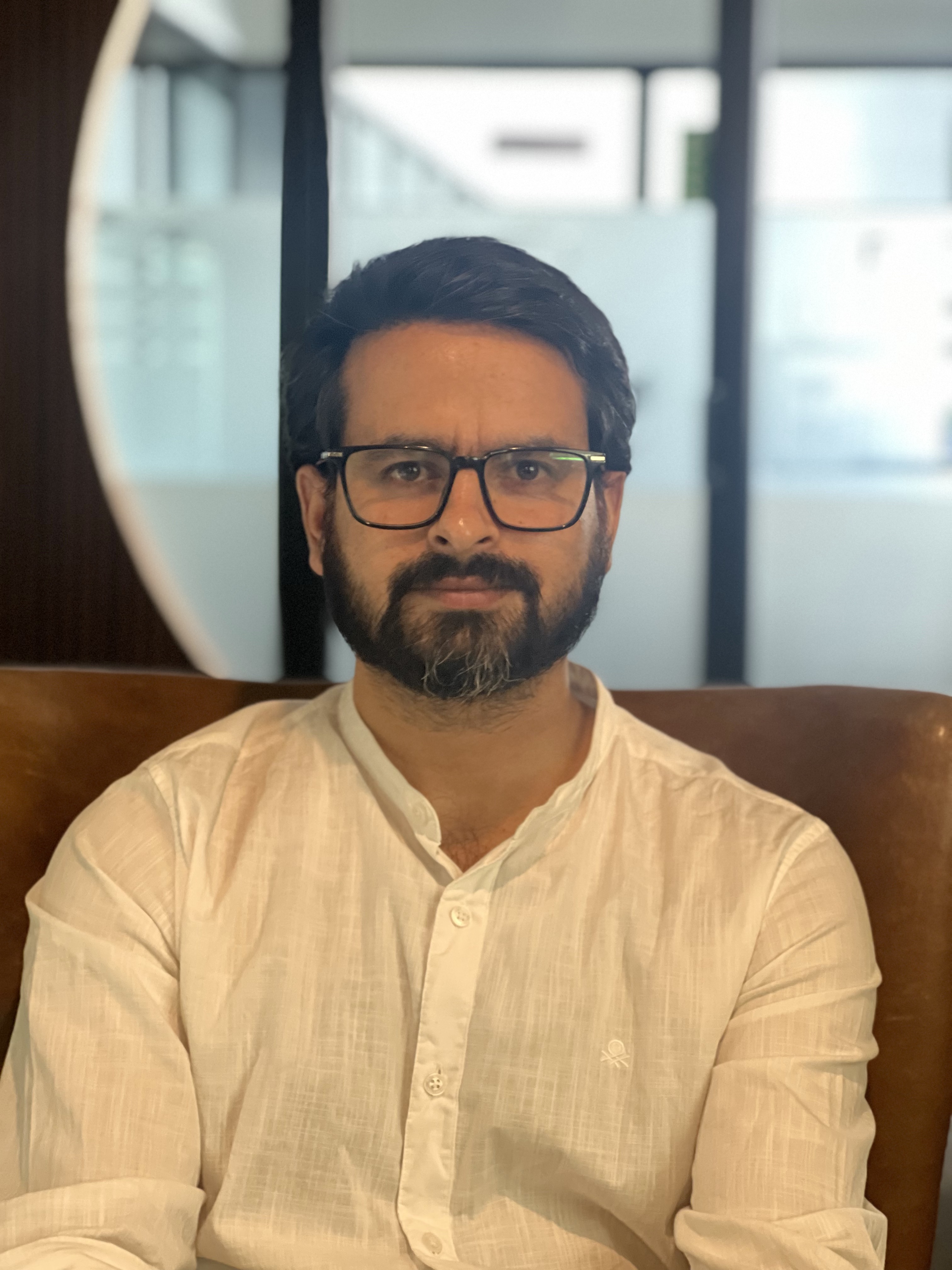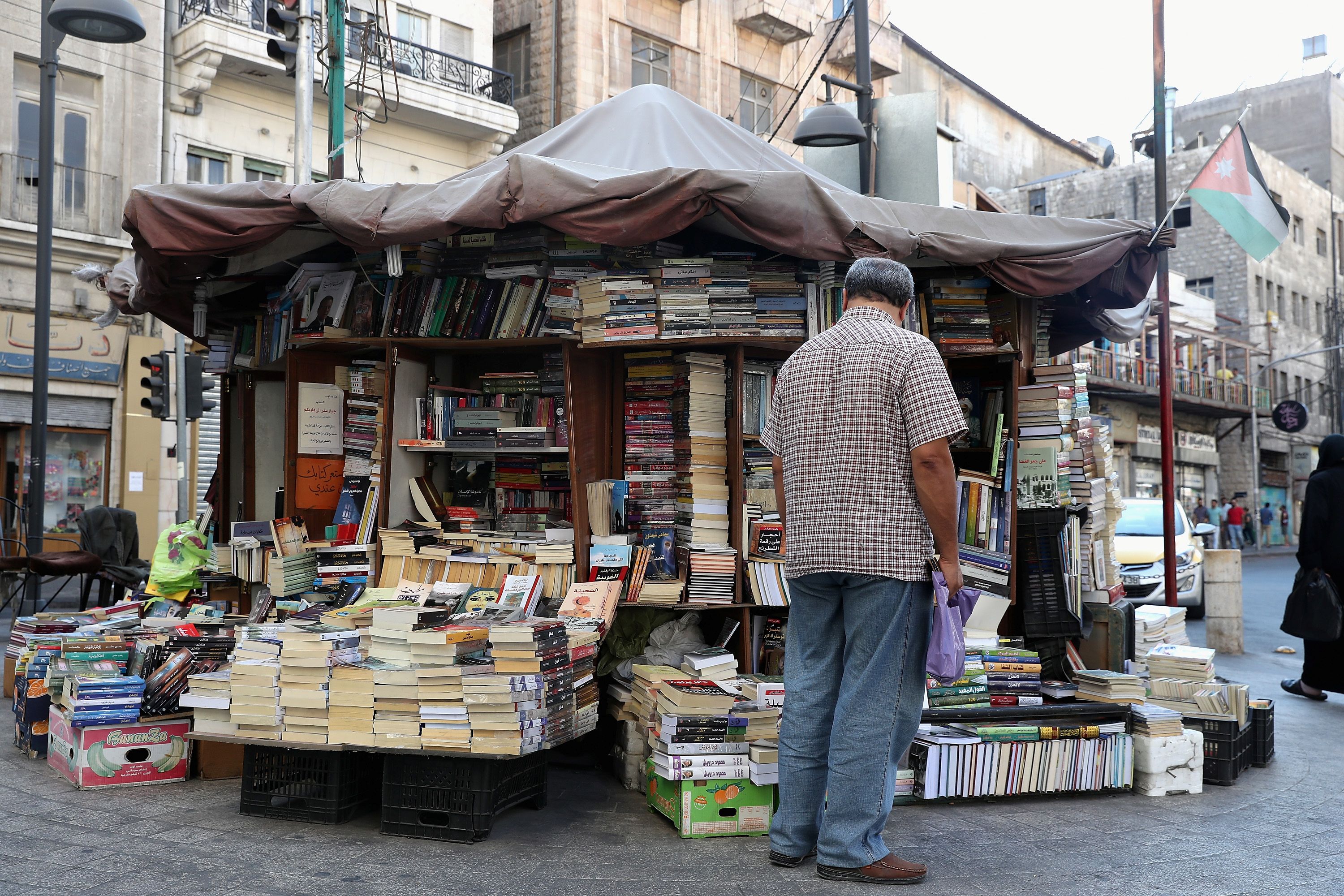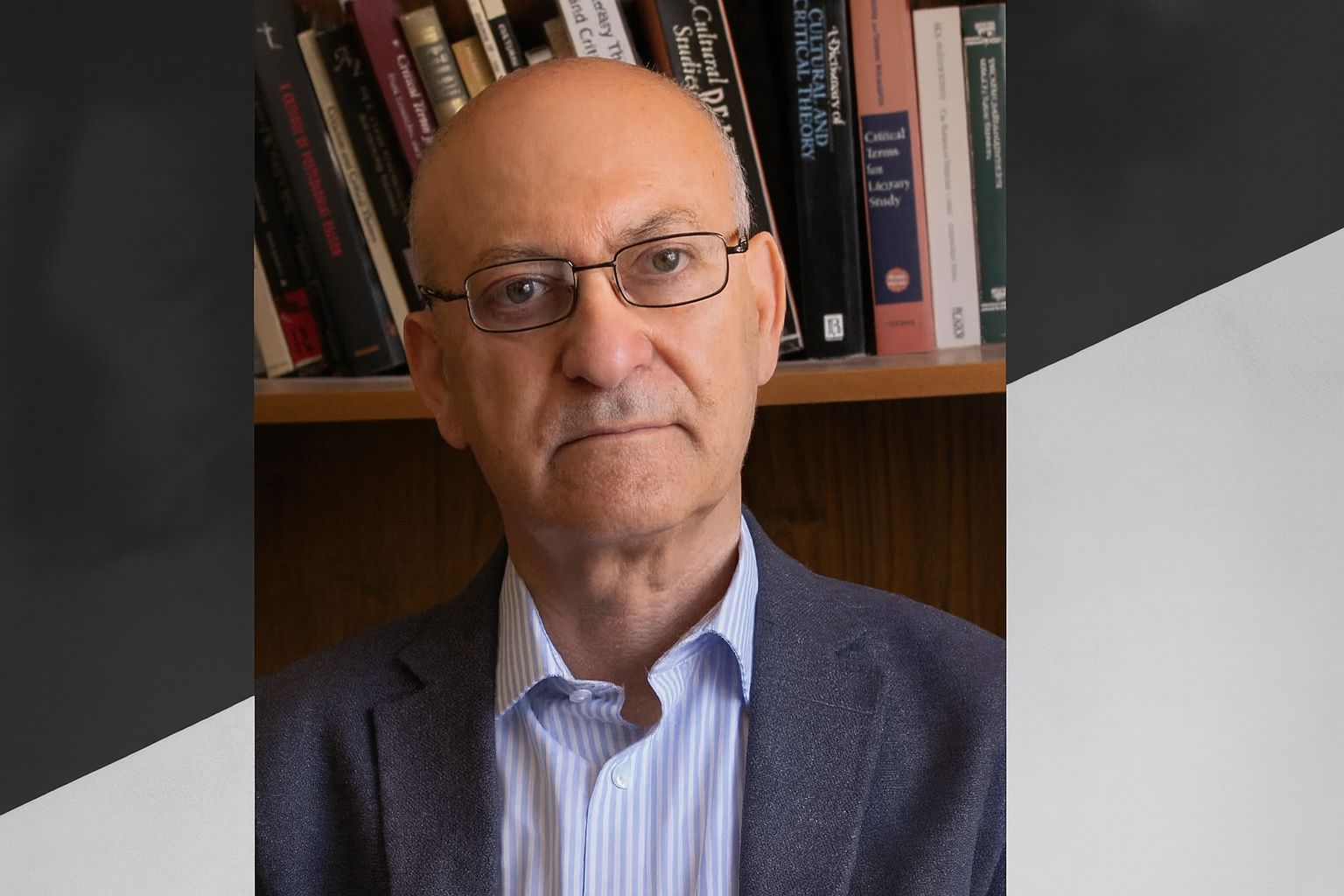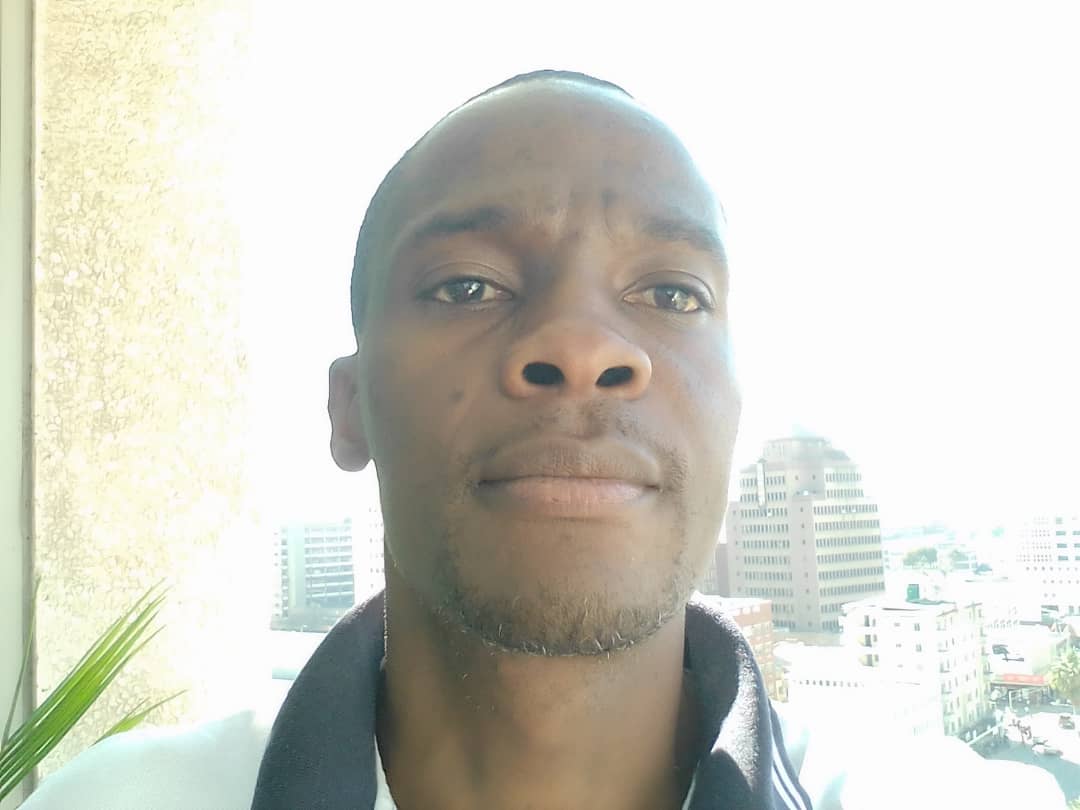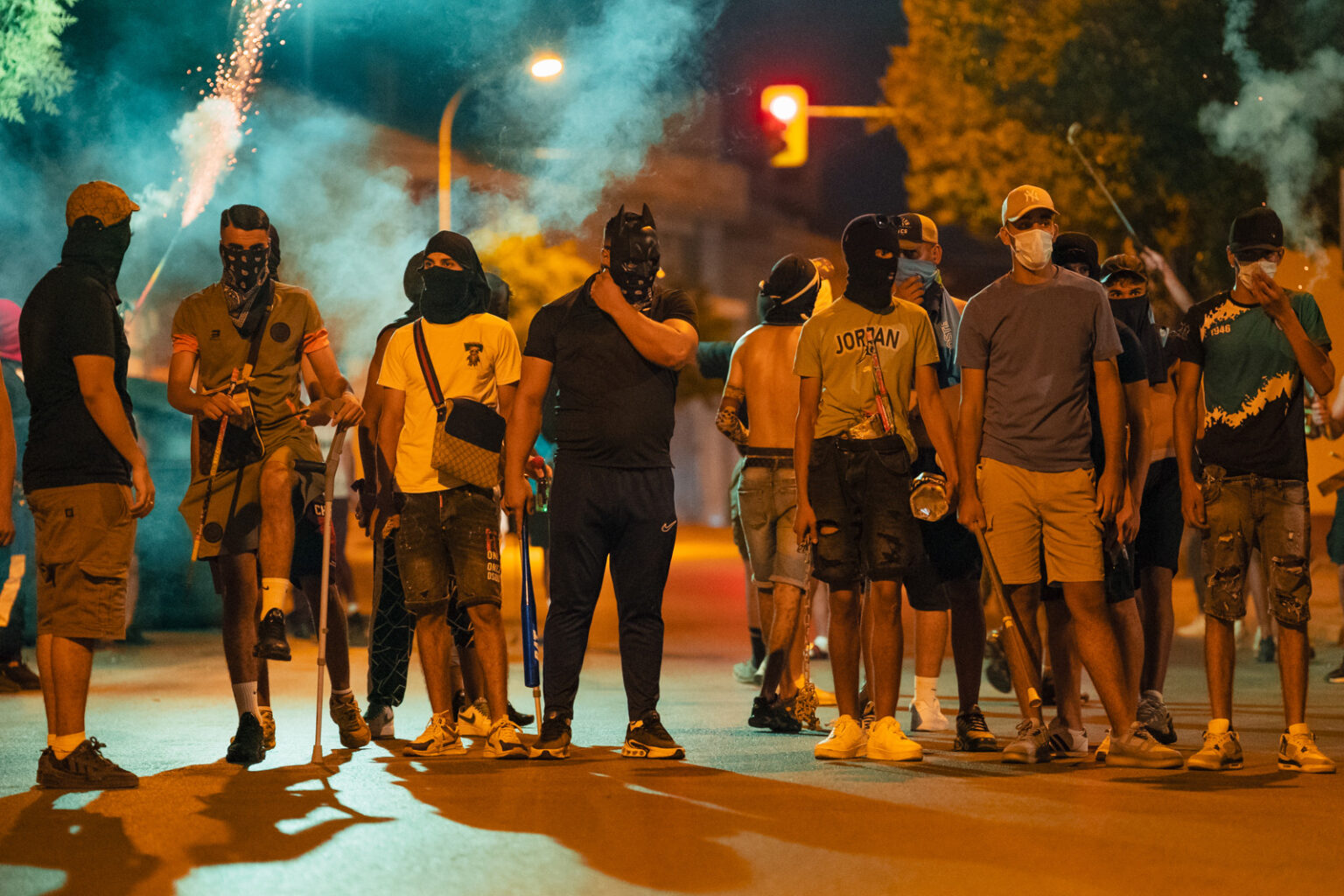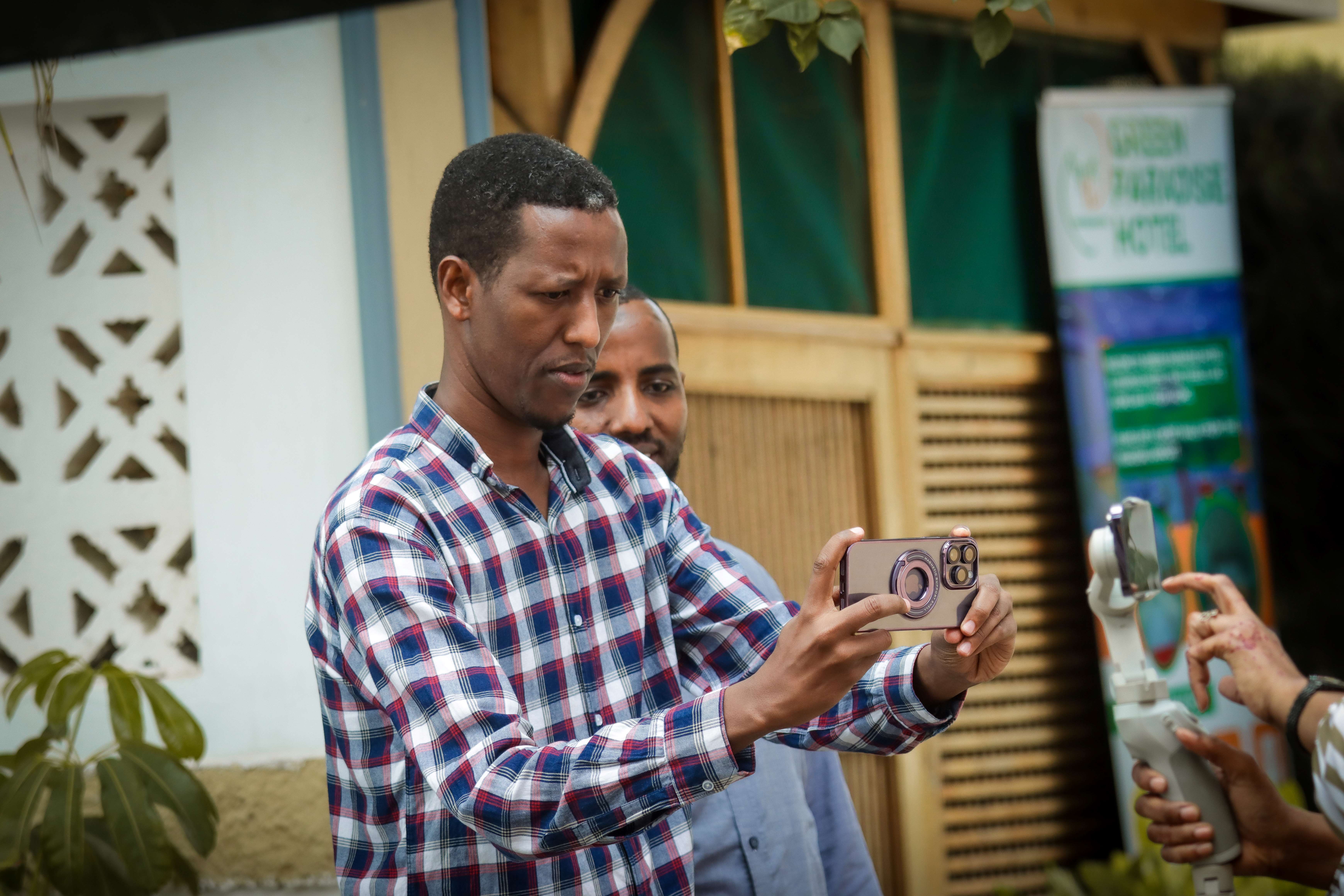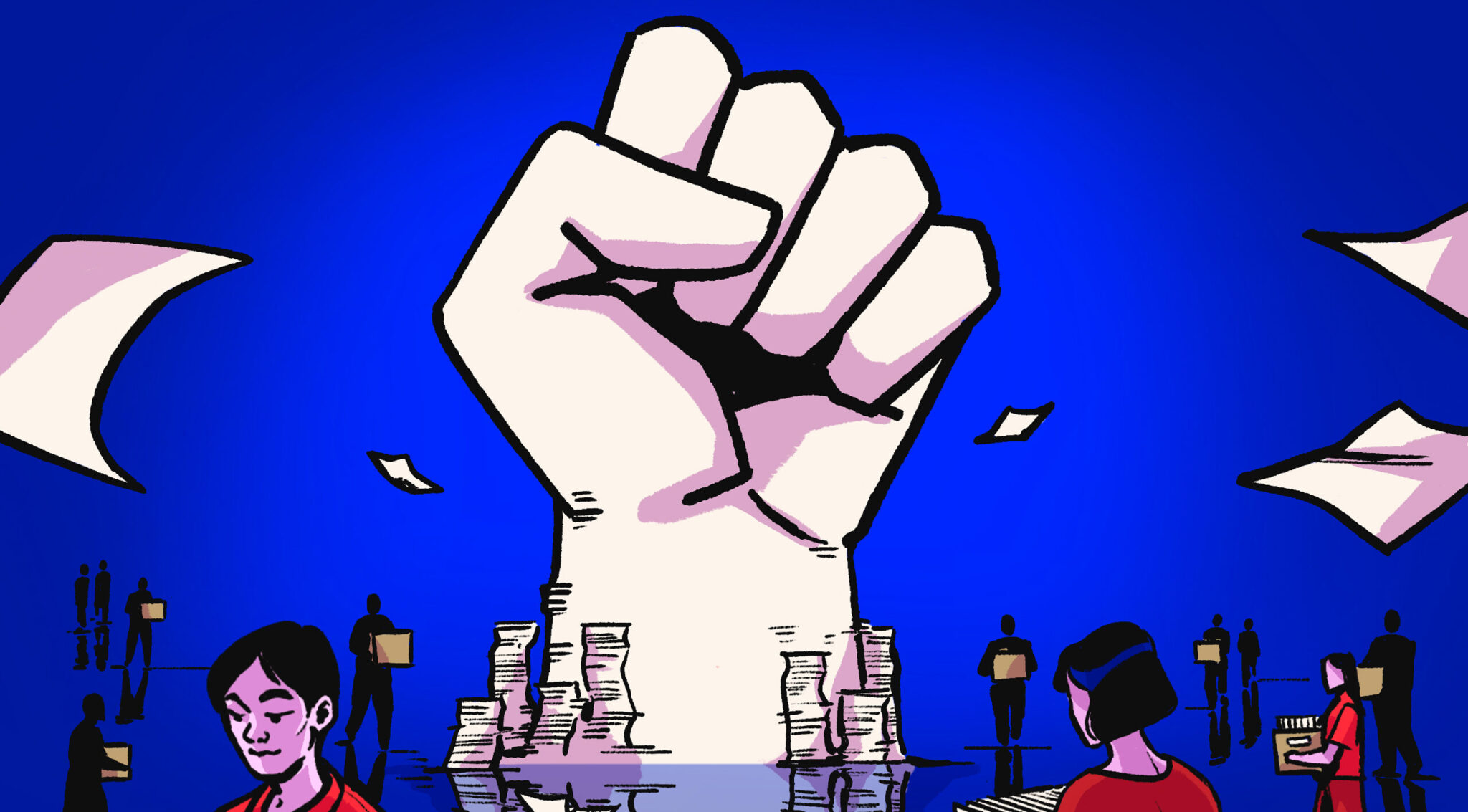"كالسكين السويسري"، هكذا افتتح المدرب ورشته. إنّها الكليشهات المعتادة، قلت لنفسي. لكنّه لم يفشل في شدّ انتباهي من جديد. "كالسكين السويسري. التصوير، المونتاج، الكتابة، النشر، كلّ ذلك بجهاز واحد"، قال مشيرا إلى هاتفه. بلغ حماسنا كمتدربين أقصاه قبل أن يكمل كلامه: "لكننا نعلم أن جودة السكين السويسري ليست عظيمة. حجمه صغير، وقد يخذلنا أحيانا". صمت لبرهة وتابع: "بكل الأحوال، أظنه يكفي لإنجاز العمل، خصوصا إن كنا على عجلة". كان هذا الدرس الأول لي في صحافة الموبايل.
إعلام جديد أم موضة عابرة؟
هناك خلاف يبدو طفوليا بين الصحفيين في الغرب. أقول الغرب لأن ليس في الشرق بعد نقاش حقيقي حول المسألة. الخلاف يدور حول إن كانت صحافة الموبايل Mobile Journalism نوعا صحفيا جديدا، أم تحوّلاً في نوع الآلة ليس إلا. أحدهم كتب منشورا على إحدى الصفحات المغلقة المتخصصة بصحافة الموبايل: "لمَ الجلبة؟ الصحافة المكتوبة لم تغيّر مفهومها بالتحول من القلم إلى الآلة الطابعة. طالما أن الرسالة والجمهور واحد، فكيف يمكن أن ندّعي أنّ نوعا صحفيا جديدا قد ولد". لم ترحم التعليقات رأي هذا الصحفي المتحفظ. ليس بمقدور مقال واحد أن يشمل ما قيل. غير أن أكثرها أجمع على أنّ الرسالة باستخدام الهاتف لم تعد هي نفسها، وأن المتلقي لم يعد ذلك الجمهور الذي كان عليه قبل سنوات. "الأمر أبعد من الآلة زميلي العزيز. شكل الرسالة وجمهورها اختلفا. بتنا اليوم نسمع موسيقى في التقرير ونرى كتابات بدلا من التعليق الصوتي. صحافة الهاتف ليست تحولا تكنولوجياً، بل هو تحوّلٌ جوهري في أداء الصحفي لعمله".
84 دقيقة هو معدّل ما سيقضيه الجمهور لمشاهدة فيديوهات مواقع التواصل الاجتماعي في العام 2020، بحسب وكالة زينث الإعلامية. على هذا يستند المدافعون عن صحافة الموبايل، فكيف يمكن للكاميرات المحترفة والحواسيب الكبيرة أن تجاري هذه الحاجة المتنامية لإنتاج الفيديو؟ قد يبدو الرقم كبيراً، ربما غير واقعي. لكن إعلان مارك زوكربرغ أنّ منصته "فايسبوك" ستتحول مع الوقت إلى منصة فيديو يؤكد أن الأمر ليس عارضا، بل تحوّلا جذريا في الاستهلاك، وبالتالي في الإنتاج. إن صحّ رأي مؤيدي صحافة الهاتف، فإنّ الساحة قد تكون لهم قريبا. الإعلام الجديد يبدو متعطشا للفيديوهات السريعة والمشوقة. وهذا ما تضمنه تكنولوجيا الهاتف بتطبيقاتها المحدثّة ومعداتها.
الكاميرا في منافسة الهاتف.. البقاء للأقوى
الجدال لم ينته هنا. يعدّ الهاتف بالنسبة للبعض آلةً هزيلة يصعب أن تذهلك صورتها. يصعب علينا تخيّل مغامري ناشيونال جيوغرافي في الأدغال يبحثون عن أسود متوحشة وبأيديهم كاميرات الهاتف فقط. أعتقد أنّ التخلي عن العدسات الضخمة التي تلتقط أصغر ذبابة تحوم حول أسد الغابة لن يكون سهلا أبدا على هؤلاء. ومن التطرف أن يدّعي أحدهم أن عدسة الهاتف تستطيع إتمام مهمة كهذه. علينا الاعتراف أن الهاتف لا يقوى على القيام بكل ما نريده، لكن التصوير ليس كله في الأدغال، أحيانا يكون في أماكن ضيقة، أماكن تكره العدسات وتطردها. ويتسي فلجينا، صحفية هاتف هولندية تقول في بحث لمؤسسة رويترز للدراسات الإعلامية: "عندما زار البابا القبطي كنيسة جديدة في فريزلاند (مقاطعة في شمال هولندا) ، سُمح لي بمتابعته طوال الطريق إلى الجزء المقدس، حيث لم يُسمح لأي من الصحفيين الآخرين. كان من الممكن ذلك بفضل عدتي الصغيرة وحركتي الخفيفة في المكان".
المنافسة بين الهاتف والكاميرا لم تقتصر على الجودة أو القدرة على الاختراق فحسب. ليس خافيا أن المؤسسات الصحفية تواجه مأزقا اقتصاديا. الكل يعرف أن علاقة الإعلام بالإعلان مأزومة، وأنّ الإفلاس أو التقشف مصير حتميّ لكثر من المؤسسات الإعلامية. فهل يكون الهاتف أحد الحلول؟ مايكل روزنبلوم، الصحفي الأميركي الشهير بتأسسيه لصحافة الفيديو قبل ثلاثة عقود، يقول إنّه زار أفغانستان العام 2002 لإنتاج قصة، وقد مكث فيها أسبوعين كاملين. "كلفني العمل كلّه 6000 دولار فقط، في حين كنت سأدفع ما لا يقل عن 70 ألف دولار ليرافقني فريق عمل". ستة آلاف روزنبلوم يمكن أن تصبح أقل اليوم باستخدام الهاتف.
قد تكون هذه نقطة إضافية تسجل لصالح صحافة الموبايل. لكن ذلك لا يلغي الشكوك الأخرى التي تحوم حولها. الصحفي الذي يخرج على الجمهور ببث مباشر عبر عدة منصات، ويكتب نصا، ويصور فوتوغرافيا وفيديو معا، و يجري مقابلات، وينفذ المونتاج، الصحفي الذي يقوم بكل ذلك، هل يمكن أن يقدم منتجا دقيقا ومتكاملا كالذي يقدمه الصحفي المتخصص؟ جواب السؤال غير محسوم. لا يوجد حتى الآن قياس دقيق لجودة عمل صحفي الهاتف بالمقارنة مع زميله المختص بمجال محدد. "لكن ذلك لا يلغي الحاجة الملحّة للإجابة عن هذه الإشكالية" يقول معارضو صحافة الهاتف.
القطط تنافس ترامب
يوسف عمر، مراسل شديد الحماس بعمله على الهاتف. يكرر في أكثر من محاضرة ومؤتمر: "لا أعتقد أننا نستخدم الهواتف المحمولة لإنتاج تقارير على غرار ما ينتجه التلفزيون. نحن ننتج قصصاً اجتماعية، وهذا أمر مختلف تماما". التغيّر في محتوى وشكل الرسالة إذا، هذا ما يُحكى عنه اليوم. منصة إنستغرام افتتحت "محطتها التلفزيونية" IGTV قبل عام من تاريخ هذا المقال. شرط النشر أن يكون الفيديو عموديا وليس أفقيا كعادة التقارير. الاعتماد الصحفي المتزايد على هذه المنصّة يشدد أكثر على تساؤل: كيف يمكن للكاميرات المحترفة أن تصوّر بالطول؟ نرى اليوم خدعاً تساعد المصورين للخروج من هذا المأزق، من خلال اكسسورات صغيرة تخولهم قلب كاميراتهم إلى وضعية عمودية. لكن ذلك لا يلغي حقيقة أنّ إتمام المهمة بالهاتف أبسط وأسرع. الانتقال بين التصوير العمودي والأفقي، يعني الانتقال من منصة انستغرام إلى منصة Facebook watch، بمرونة وخفّة.
فلنذهب أبعد من شكل الفيديو. هل للهاتف، هذا الجهاز الصغير، دور في تغيير المحتوى الصحفي أيضا؟ سيكون من التسرع الإجابة بنعم. يمكننا ملاحظة تغيّرات طرأت على محتوى التقارير التي أعدت في الحرب السورية، وقبلها في الثورات العربية. جزء غير صغير من مواد التقاريرهذه التقطها هواة، أو شهود عيان. الفضل للهاتف بلا ريب. عندما يتحول المصدر من وكالات الأنباء إلى لقطات مصدرها الناس، عندها قد نعترف بتغيّرات طرأت بالفعل على محتوى الرسالة. يمكن أن يكون الهاتف قد أظهر زوايا لم تكن مرئية في الرسالة، ويمكنه أيضا أن يفرض على الصحفي معالجة مختلفة للحدث.
القطط تنافس ترامب. هذا ليس عنوانا لمقال من النوع الأصفر، بل حقيقة. الناس على مواقع التواصل الاجتماعي شديدة الحماس نحو القطط. فيديوهات هذه الكائنات المشاكسة تحصّل أحيانا ملايين المشاهدات وهو ما لا يقدر ترامب على مجاراته، حتى في أكثر تصريحاته شغبا. الجمهور يميل لما هو مضحك، وخفيف، وبالطبع عاطفي. وهذا ما يبدو أن الصحافة بدأت تسعى إليه في تقاريرها. القصص الإنسانية التي غالبا ما كانت تؤجلها إلى اللحظات الأخيرة من نشراتها الإخبارية، هي اليوم المحتوى الأكثر حضورا على منصات هذه المؤسسات الإلكترونية. قصص حميمية، بسيطة غير متكلفة. قصص لا تحتاج لجودة بصرية عالية، إنما إلى أكبر قدر ممكن من القرب، وأكبر قدر من العفوية والبساطة. هل هناك ما هو أفضل من الهاتف لإتمام هذه المهمة؟
بكل الأحوال، هاتف أو عدسة محترفة، سؤال متخصص لا يعني المشاهد. المجد لمن يجيد سرد القصص. إنّه زمن الحكايات من جديد.





